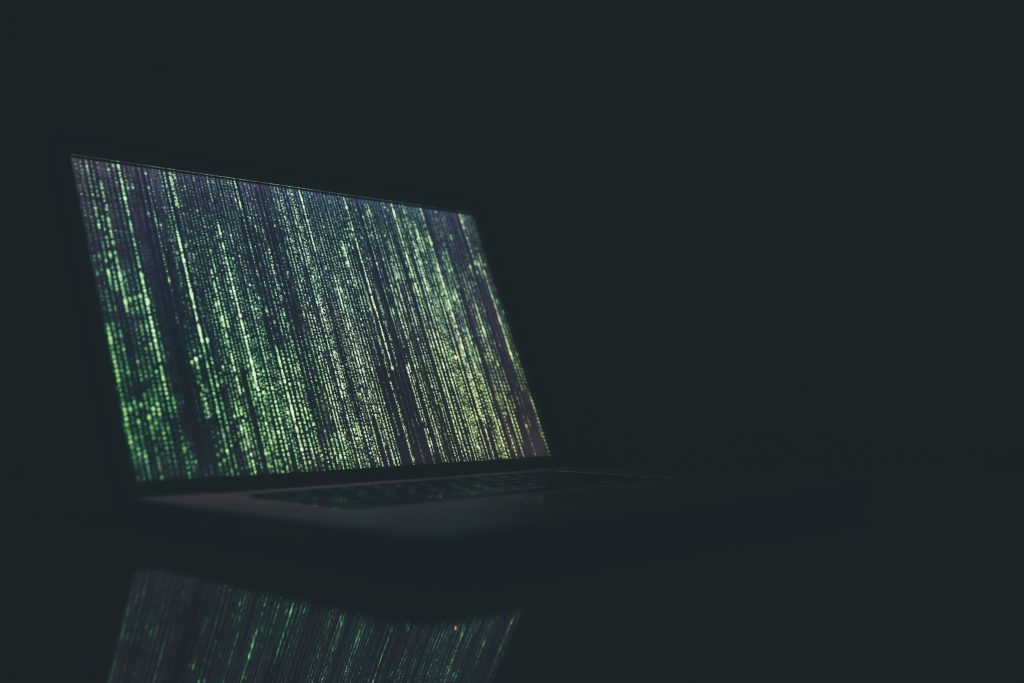Buyer's Guide
3 Issues That Will Determine the Future of the NFT Market, According to Sotheby’s Institute Experts and Alumni
Four tech leaders discuss the main questions facing the burgeoning industry today.

Four tech leaders discuss the main questions facing the burgeoning industry today.

Artnet Gallery Network

A little over a year ago, Beeple’s Everydays: The First 5000 Days sold for $69.3 million, electrifying the art and auction worlds.
But while NFTs certainly made a resounding impact in that moment, Sotheby’s Institute educators and alumni say it’s more accurate to think of the sale as our era’s Salon des Refusés—the coalescing of an outsider movement that has been building for quite some time. In other words, understanding the history of NFTs will prove vital in navigating the fog of volatility and technical jargon of the new art of our age, and equipping enthusiasts with a clear perspective on the brave new world ahead.
Sotheby’s Institute of Art, the pioneers of art business education, are designing programs to prepare professionals for just that world.
The Institute’s successful online course, “Art and Technology: From AI to NFT,” has sold out every season since it was first put together in 2020. Gareth Fletcher, an Institute alum, the current program director for the MA in Art Logistics, and an expert in art and technology, has assembled a required reading list for those just beginning to explore this field.
Recently, Fletcher and three Institute alumni—Margarita Kiryushkina, a Web3 and NFT advisor; Jessica Tatievski, a dealer of post-war and contemporary art with a focus on the NFT market; and Corinne Moshy, marketing director at Blockworks—discussed what people need to know about the intersection of art and technology.

Courtesy of Sotheby’s Institute, Art & Technology.
Gareth Fletcher’s career—which has involved extensive research into the relationship between provenance information and the establishment of cultural and economic value for objects—has helped him identify and analyze market opportunities surrounding authenticity, ownership, and transfer in the context of IoT, blockchains, the metaverse, and other Web3 implementations.
“The increasing obsolescence of traditional art-market yardsticks and rules of thumb makes the pre-pandemic trade appear comparably procedural, and it’s fascinating to witness how big tech’s strategic pivots are now being front-run by creative communities, while the traditional banking sector is cautiously reversing their battleships,” Gareth said.
“Cryptocurrencies will continue to attract discussions relating to regulation across various jurisdictions, and I imagine some will be accepted by Amazon or eBay by the end of 2022. This will further increase public awareness of alternative currencies and methods of transaction, which will eventually be absorbed into payment services offered by the traditional banking sector.”

Courtesy of Sotheby’s Institute, Art & Technology.
Art NFTs, Institute alum Corinne Moshy said, are “born from a counterculture group who are into it precisely because it isn’t mainstream. One doesn’t have to be part of the ‘in-crowd’ to gain access.
“The field will continue to grow until the line between counterculture and mainstream blur, capital flows in, and eventually NFTs are just a new sect within the market. That exact trend in the art world goes back hundreds of years. This is just the latest example. Except this time, it’s happening on such a massive scale because the barriers to entry are incredibly low—anyone with access to WiFi can participate.”

Courtesy of Sotheby’s Institute, Art & Technology.
Margarita Kiryushkina and Jessica Tatievski, two Institute alumnae who founded Neue Projects, an advisory for those interested in NFTs and Web3, suggest that the ways NFTs and artworks in the traditional market operate are quite different.
“To make it simple,” Kiryushkina explained, “any type of project needs a community to sustain itself.” Besides community, the intention of creating or building in it plays a significant role—as does transparency and accountability to the collective invested into the project.
“As of right now, the NFT market is considered the ‘wild west,’ allowing artists, builders, and collectors to experiment and let their creativity become the strongest asset towards problem-solving and establishing new standards within the space,” Tatievski said.
“The growth and progress within the industry are incredibly exciting,” Moshy added. “There’s definitely an energy in working in an industry that is booming. And it’s not just a group of rag-tag believers, either. The world’s largest financial institutions, the most powerful governments, the oldest auction houses are involved. Watching all of these industries and players pour into the same space is fascinating.”